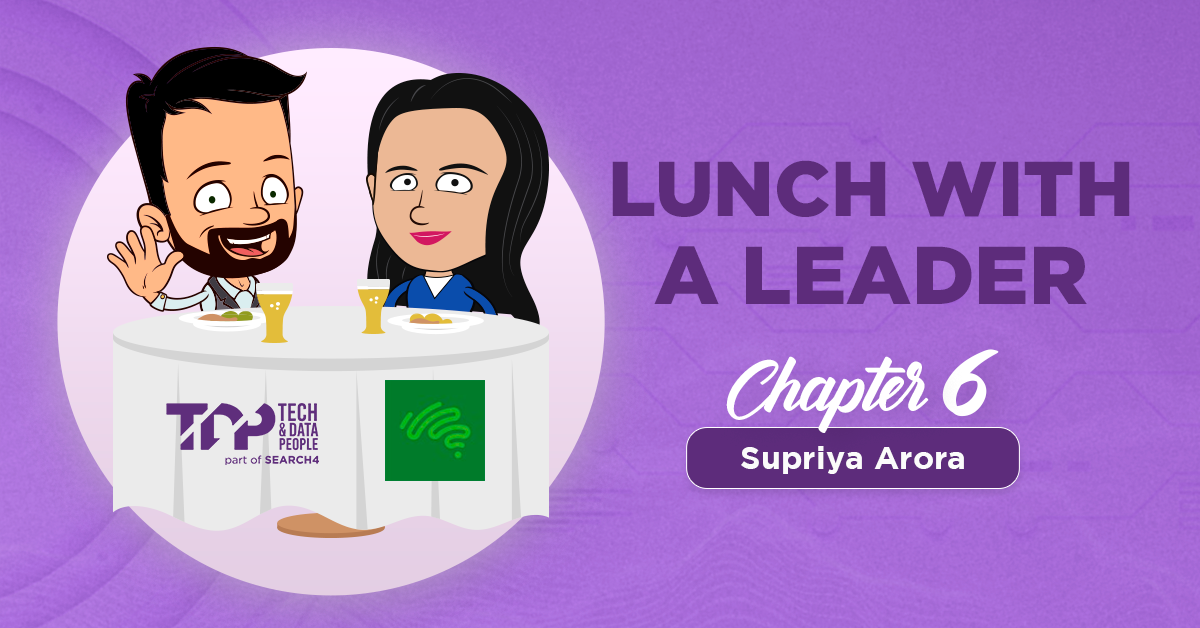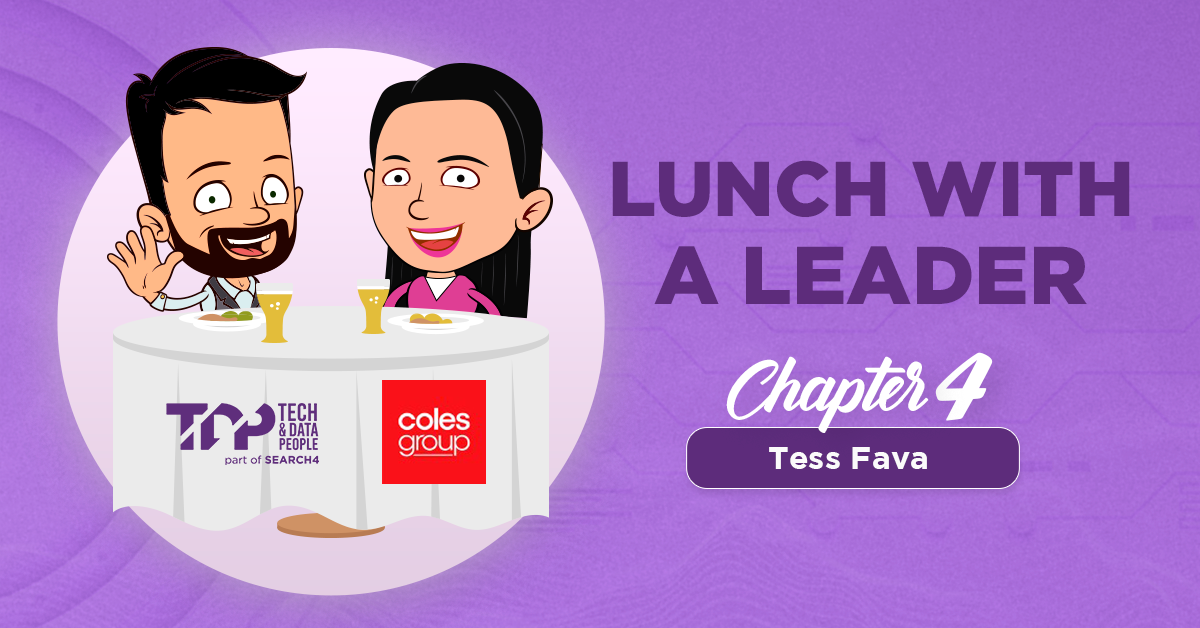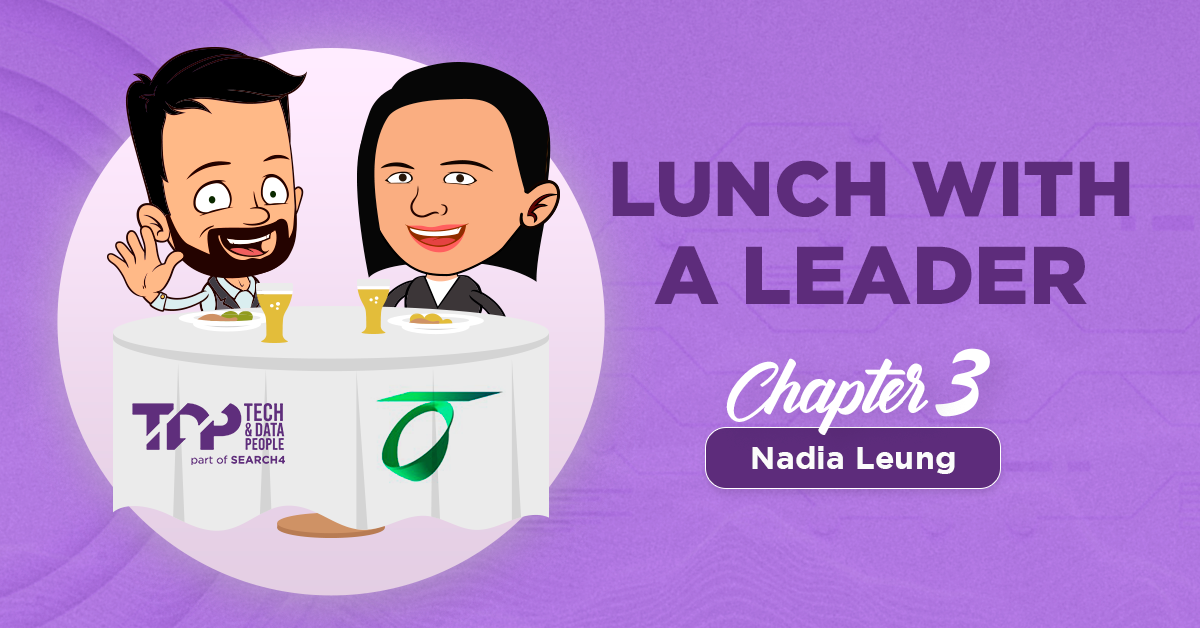Blogs
How to Enhance IT Workforce Stability Amid Budget Constraints

Many organisations face the challenge of lower hiring budgets in the current economy and eagerly await with hope refreshed new financial year funding. For tech leaders, hiring managers, HR managers, and talent acquisition teams, this means shifting the focus from aggressive recruitment to robust retention strategies. Below we unpack how you can optimise your retention strategy to maintain a competitive edge in tech recruitment and talent retention, even with limited resources.
Understanding the Current Market Conditions
The tech industry has been experiencing unprecedented growth, leading to a talent shortage that has driven up salaries and intensified competition. Recent reports suggest that while hiring budgets are shrinking, the need for highly skilled tech professionals continues to soar. This paradox puts immense pressure on companies to retain their existing talent while strategically recruiting new employees.
Why Retention Matters More Than Ever
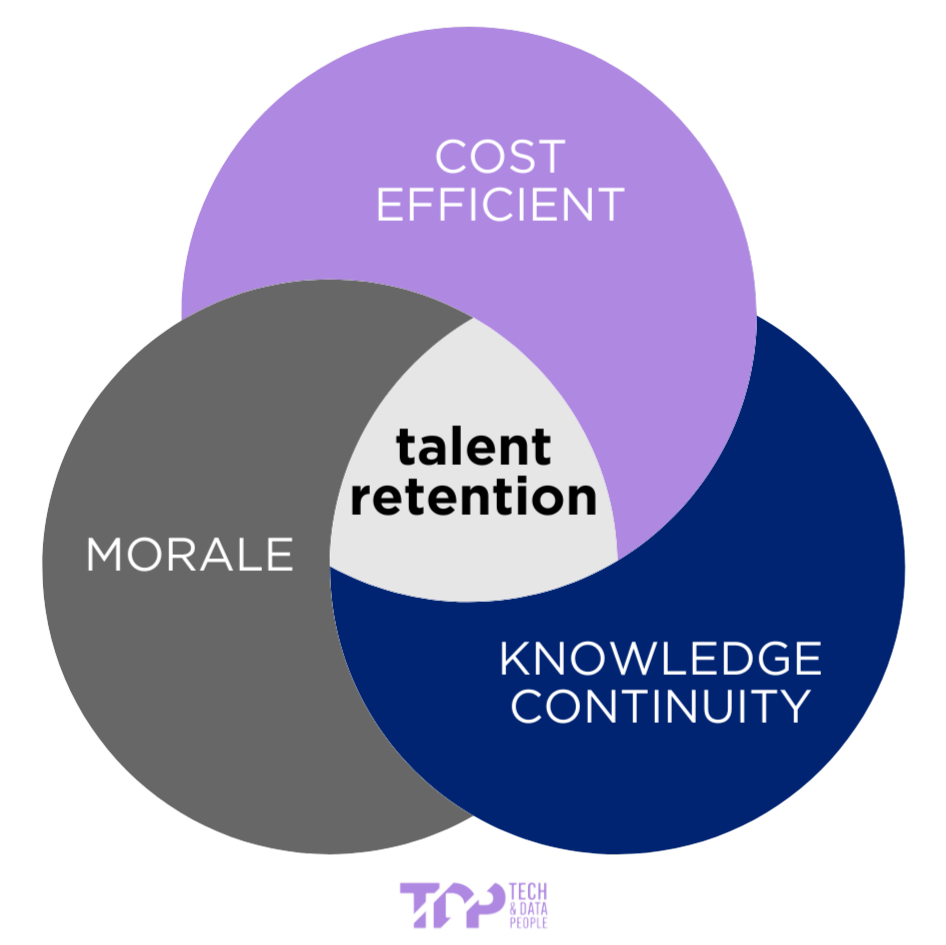
- Cost efficiency: the cost of hiring new employees can be significantly higher than retaining current ones. From time away from task for hiring managers, to onboarding and training, the expenses add up quickly. By focusing on retention, companies can save on these costs and allocate their budgets more effectively.
- Knowledge continuity: retaining experienced employees ensures that valuable institutional knowledge and expertise remain within the organisation. This continuity is crucial for maintaining productivity and fostering innovation.
- Employee morale: high turnover rates can negatively impact employee morale and workplace culture. A strong retention strategy fosters a positive environment, leading to increased job satisfaction and loyalty.
6 Strategies to Amplify Your Retention Efforts
Foster a positive work environment
Creating a positive and inclusive workplace culture is essential for retaining tech talent. This includes promoting diversity, equity, and inclusion (DEI) initiatives, offering flexible work arrangements, and ensuring that employees feel valued and heard. Encourage open communication and conduct regular pulse checks to help employees feel connected and engaged.
Offer competitive compensation and benefits
While budgets may be tight, be creative in how you package up compensation packages. Consider the non-monetary benefits such as choose your own adventure working arrangements, additional leave days and wellness programs. Understanding your employees and what’s important to them at work as well as outside of work, should be your guide.
Invest in professional development
Tech professionals value opportunities for growth and development. Invest in training budgets, certifications, and continuous learning initiatives. Encourage employees to attend industry conferences, workshops, and seminars. Providing a clear career path and promoting from within can also help retain top talent by demonstrating your commitment to their long-term success.
Recognise and reward performance
Recognising effort and outcomes are key to job satisfaction. Implement a recognition program that highlights individual and team accomplishments. Regularly celebrate milestones and create a culture of appreciation. This can be done through awards, bonuses, or even simple public acknowledgments.
Conduct regular stay interviews
Stay interviews are proactive conversations with current employees to understand their needs, concerns, and career aspirations. Unlike exit interviews, stay interviews provide valuable insights into what keeps employees engaged and what might drive them to leave. Use this feedback to make informed changes and improvements to your retention strategies.
Leverage technology for engagement
Utilise HR technology to keep employees engaged and connected. Implement tools for collaboration, communication, and project management. Use data analytics to track employee satisfaction and identify areas for improvement. Tech solutions can also streamline administrative processes, giving employees more time to focus on meaningful work.
Leveraging Recruitment Partners for Tailored Solutions
Even with tight budgets, you can still get the right talent in place without compromising on quality or efficiency. Partnering with a tech recruitment specialist like TDP can provide tailored, cost-effective solutions. Recruitment partners bring expertise and resources that can help you identify and attract top talent efficiently.
Benefits of Partnering with TDP
- Customised recruitment strategies: bespoke solutions that align with your specific needs and budget constraints. With expertise to tailor our approach to ensure you find the right candidates aligned with culture and technical requirements.
- Unique pricing models: TDP provides various pricing structures, including contingent, retainer models, flat fees and volume discounts, making it easier for companies to manage their recruitment costs effectively.
- Access to a wider talent pool: as IT recruitment specialists, we have access to extensive time forged networks and a database of >700,000. This allows us to quickly source qualified candidates, reducing the time and cost associated with the hiring process and an empty seat.
- Expertise and market insights: as your tech recruitment partner, we utilise the latest tech and insights to help shape your recruitment strategy. Access our industry leading market insights to ensure you remain competitive, helping you refine your retention and recruitment strategies to better attract and retain top tech talent.
In the face of strict hiring budgets, amplifying your retention strategy is not just a necessity but a strategic advantage. By having a retention strategy in place, you can create a workplace where tech talent thrives. Additionally, partnering with a recruitment specialist like TDP can provide tailored, cost-effective solutions to help you fill critical roles without exceeding your budget. This dual approach enhances employee satisfaction and strengthens your company’s position in the competitive landscape of tech recruitment and talent retention.
At TDP, we understand the unique challenges of tech recruitment and talent retention. Our expertise in the tech and data sectors allows us to provide tailored solutions that help you retain top tech talent and build a resilient workforce. Contact us today to learn how we can support your recruitment and retention strategy.
To keep up to date with all the latest industry insights, follow us on LinkedIn.
